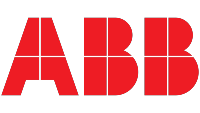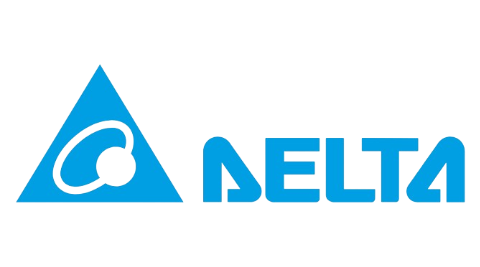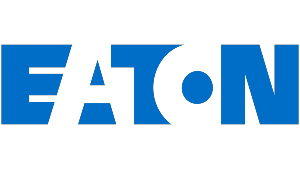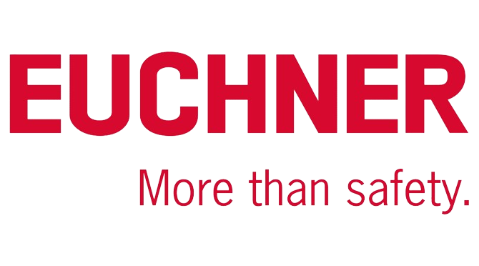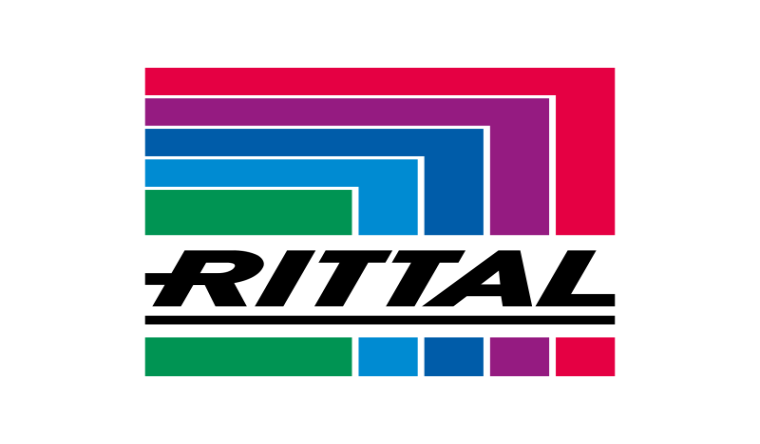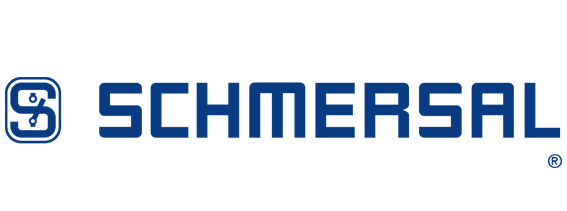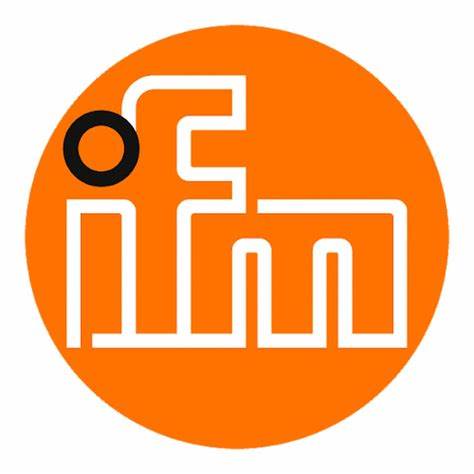The Evolution of Tachogenerators: From Analog to Digital
Tachogenerators have long served as simple and rugged rotary speed transducers across a diverse range of automation, instrumentation, and control applications. Traditionally based on analog electromagnetic induction principles, tachogenerator technologies have evolved over decades improving performance, capabilities, and integration. In particular, the advent of digital tachometer generators has brought precision rotational speed sensing into the digital era.
In this article, we’ll explore the progression of tachogenerator designs from legacy analog approaches to emerging digital implementations. We’ll compare technical capabilities and benefits offered by both analog and digital tach variants for speed measurement and control.
Analog Tach Generators
Analog tachogenerators utilize magnets and wire windings to induce sinusoidal or DC voltages proportional to the shaft rotation rate. Small permanent magnet DC tach designs have existed for over a century relying on simple electromagnetic induction principles harnessing rotating magnetic fields intersecting across stationary armature coils. The generated voltages serve as analog signals reflecting speed. Alternating current output tachs generating clean sine waves emerged later for more precision applications.
Legacy analog tachs directly translate speed input into continuously variable voltage or current outputs. The simplicity provides inherent durability and cost advantages. Drawbacks of traditional analog approaches include susceptibility to electrical noises, significant drift across temperature shifts, limited distance signal transmission capability, challenges interfacing with modern digital electronics, and restricted customization or intelligence capacities onboard.
Emergence of Digital Tach Technology
The proliferation of computing, microcontroller and digital processing technologies has fueled migration of analog tach designs into far more capable digital implementations. Rather than just passively generating induced analog voltages or currents, next generation digital tachogenerators incorporate onboard electronics and processing. This unlocks smarter features and allows digital serial network communications natively for precision speed telemetry and control.
Most digital tachometers retain the analog electromagnetic foundations with magnet/coil induction principles generating base sine wave signals proportional to rotation. High resolution analog to digital conversion and microcontroller-based electronics then digitize the signals enabling precision calibration, compensation, analysis and conversions into optimized outputs. Serial data protocols like SPI, I2C, USB, CAN, Modbus, Profibus and more help transfer rich processed readings to controllers and hosts without analog signal loss or noise concerns that plague legacy tach designs over distances.
Digital Tach Strengths and Benefits
Upgraded digitized tach implementations offer numerous performance, accuracy, flexibility, reliability and interfacing advantages including:
Temperature Compensated Calibration – Mitigates drift improving stability
Multi-Point Linearization Calibration – Reduces nonlinearity errors
Precision Ball Bearing Construction – Low noise floor enhances resolution
Tolerant of Mechanical Vibrations and Shocks – Rugged resilience
Short to Long Range Serial Networking – Flexible integration connectivity ● Immune to EM and RF Interference – Robustness in industrial settings
Advanced Programmable Embedded Features:
Custom Inputs/Outputs – Tailor analog/digital I/O needs
Failure and Status Diagnostics – Health monitoring and telemetry
Custom Calibration and Speed Ranges – Tunable performance
Speed Threshold Alarms – Cutting edge programmable limit triggering
Do-It-Yourself Firmware Updates – Evolving capabilities over product lifetimes
Built-In Self-Test Features – Assisted diagnostics and validation
The complete feature set allows precision smart sensing and control even through demanding speed measurement challenges outperforming purely analog predecessors.
Typical Applications Choosing Digital Tachometers
Next generation digital tachometer generators bring premium accuracy, reliability, interfacing and intelligence advancing rotational speed measurement and control. Example use cases choosing to upgrade analog approaches include:
Factory Automation and Robotics – Precision feedback for positioning and coordination of equipment, tasks and movement is essential. Networked digital tachs provide key velocity telemetry.
Industrial Gearbox/Transmission Monitoring – Critical to prevent overspeed conditions leading to catastrophic failures. Smart protection thresholds can alert operators to take preventative actions in time.
Agricultural Machinery – Managing speeds of tillers, fertilizer/pesticide sprayers, harvesters and processing conveyors brings efficiency while avoiding crop or mechanical damage.
Motorsports – Peak engine and wheel RPMs must be monitored to ensure design thresholds are not exceeded while optimizing performance outputs.
Aviation – Monitoring propeller, turbine and gearbox shaft speeds enables engine thrust calibration and confirming safe operating ranges.
Research Instrumentation – High accuracy speed control stands crucial for physics, chemistry, biology and engineering experimental consistency and repeatability.
This reveals only a partial scope where precision rotational speed measurement and control systems powered by digital tachogenerator technologies promises to keep advancing instrumentation and automation system capabilities across every industry.
The Road Ahead
Tach technology progression over decades from analog to digital parallels similar evolutions realized across sensing and embedded controls landscape - leveraging the virtues of analog roots while augmented by digital design innovations. As capabilities expand further, next generation tachogenerators are primed to displace legacy analog predecessors thanks to enhanced accuracy, connectivity, programmability and intelligence. Moving forward, field-oriented networked digital tach designs represent the new era ushering smarter rotational speed sensing and control solutions.

